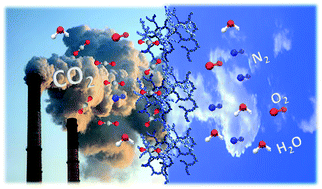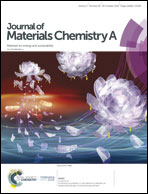Covalent triazine frameworks for carbon dioxide capture
Abstract
Since the industrial revolution, the concentration of atmospheric greenhouse gases especially CO2 released by human activity is increasing year by year, leading to a series of serious problems such as global warming and climate change. Finding a way to mitigate this dilemma is of crucial importance. Covalent triazine frameworks (CTFs), as a new class of porous materials, have gained considerable attention due to their attractive chemical and structural merits. They show great potential for various applications especially for CO2 capture. In this review, we aim to provide recent advances in using CTFs for CO2 capture. First, a brief background is provided including a summary statement on the current situation of the CO2 issue, a general overview of typical porous materials used in CO2 capture, and an introduction to CTFs. Second, synthetic reactions and methods related to CTFs are summarized and compared, and a short discussion of characterization methods is provided. Furthermore, CO2 capture performance including CO2 adsorption at low/high-pressure, gas selectivity, heat of CO2 adsorption, recyclability and CO2 capture of CTFs in a humid atmosphere is elucidated on the basis of CTF design. Then, strategies for enhancing the CO2 adsorption ability of CTFs based on pore engineering and surface functionalization are given. Finally, a perspective of CTFs for CO2 capture is presented.

- This article is part of the themed collection: Recent Review Articles


 Please wait while we load your content...
Please wait while we load your content...